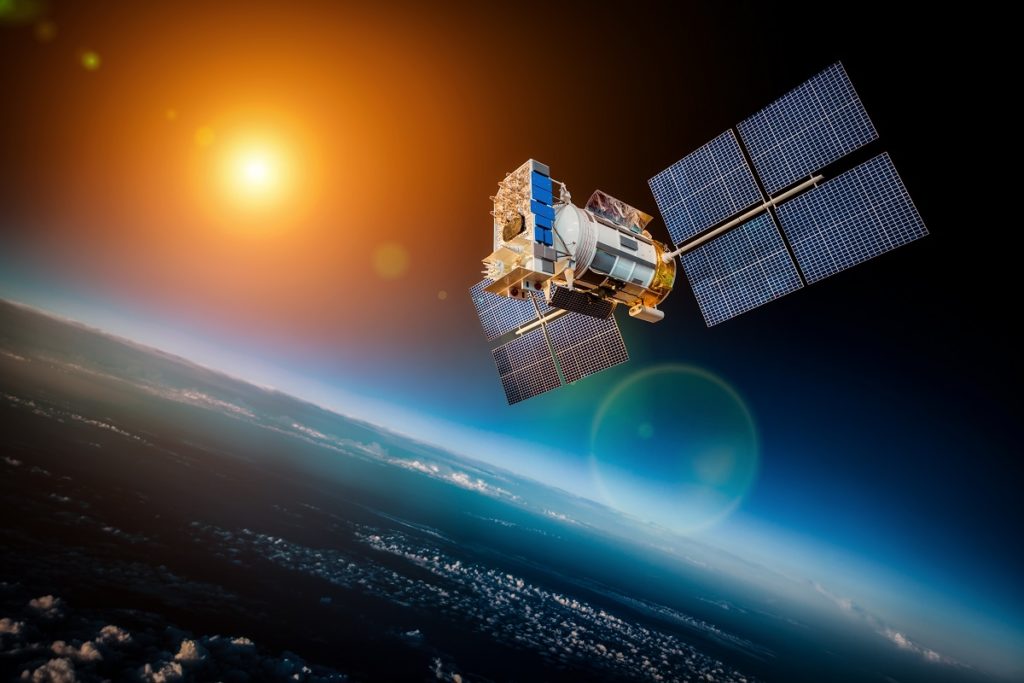Ever wondered how GPS or Galileo works? Have you ever thought about how your smartphones can accurately pinpoint your exact location at a certain time? The magic of global navigation satellite systems allows devices to give accurate geospatial positions of any person, item, or vehicle equipped with GNSS tech. Aided by the use of a GNSS simulator, manufacturers keep improving the system to provide users with better performance.
We have below listed a few basic things you need to know to understand what GNSS is all about.
What You Need to Know About the Global Navigation Satellite System
What is a Global Navigation Satellite System?
The Global Navigation Satellite System, or GNSS, is the standard term used for satellite navigation systems providing global coverage of autonomous geographical spatial positioning. It is used in a lot of applications and devices around us today. This location-awareness system was developed in the 20th century mainly for military personnel. It eventually found its way into the hands of the general public through civilian applications.
What does it do?
The GNSS is a satellite navigation (satnav) system that pinpoints the exact location of a receiver using small satellites floating around Earth.
How does it work?
The process involves GNSS satellites orbiting the Earth at a medium orbit altitude. A GNSS satellite goes around the planet every 11 hours, 58 minutes, and 2 seconds which transmits coded signals containing its exact orbital position.
Regardless of age and design, each satellite transmits information in two carrier waves (L1 and L2) using the L-Band. The GNSS device on Earth receives the data through its antenna then its processing unit analyzes the data.
To determine the accurate position of the receiver, it needs to gather information from at least three GNSS satellites.
How different is it from a GPS?
The GNSS is the generic term for the global positioning and navigation system used in different parts of the world. The GPS, or Global Positioning System, is the GNSS of the United States.
What are the different types of GNSS?
At present, there are four major types of global GNSS systems:
There are also two regional systems:
Where can you find it?
Almost all modern devices and vehicles that require navigational systems have a global navigation satellite system installed. Automobiles, aircraft, marine vessels, heavy equipment, mobile phones and smartphones, almost every digital device that can be used as some sort of compass and location tracker contain this technology.
How do we benefit from it?

While military personnel uses the GNSS to help them fulfill their duties as people in service, there are far simpler applications civilians use this system for. It helps direct and navigate us when we’re on the road. It warns us of heavy-traffic areas so we can avoid the inconvenience of getting stuck in traffic. It can help pinpoint the location of a misplaced or lost smartphone or gadget. Law enforcers use GPS-anklets for law offenders on parole to keep track of their movement. First responders use this tech to locate the cell phones of individuals needing help.
There are a lot more benefits that this system brings us and as technology continues to advance, it promises to deliver more for its users.







